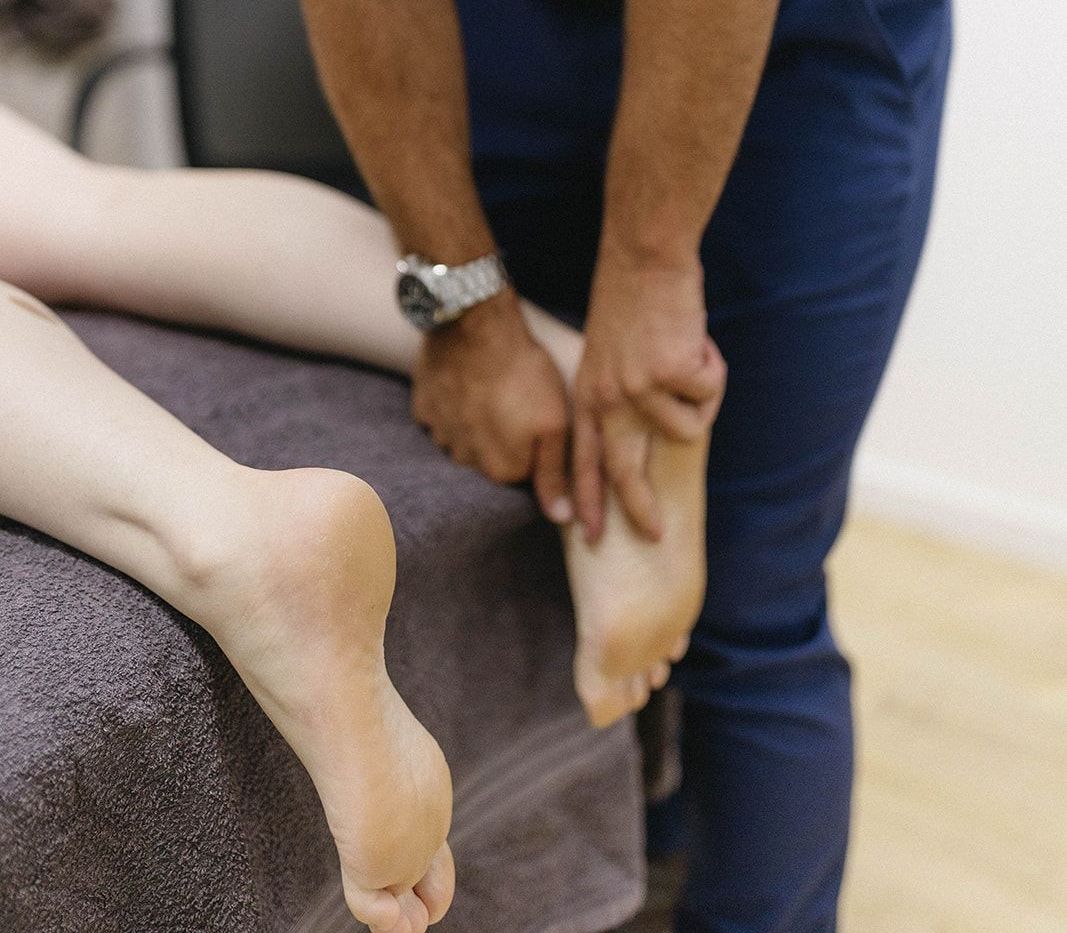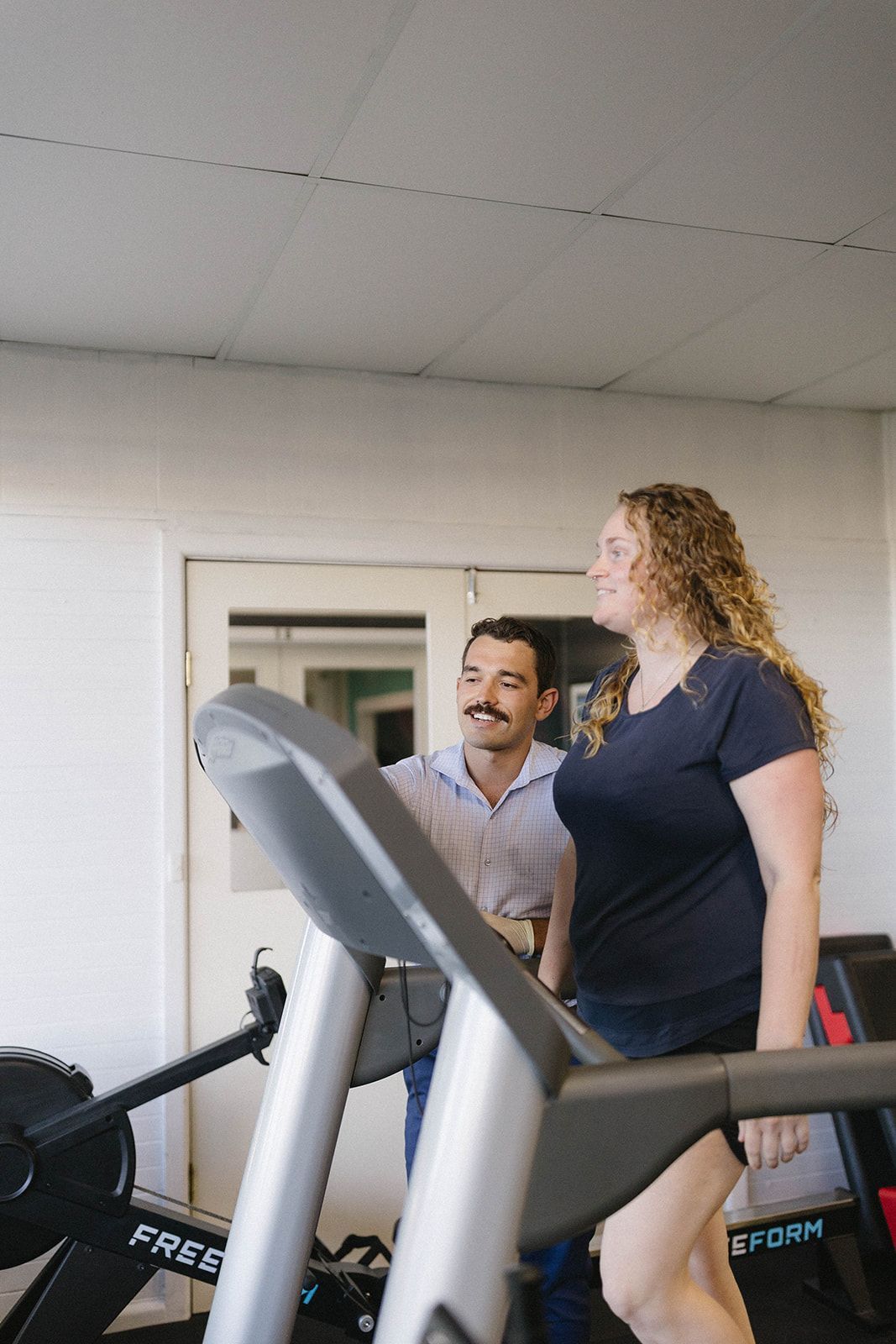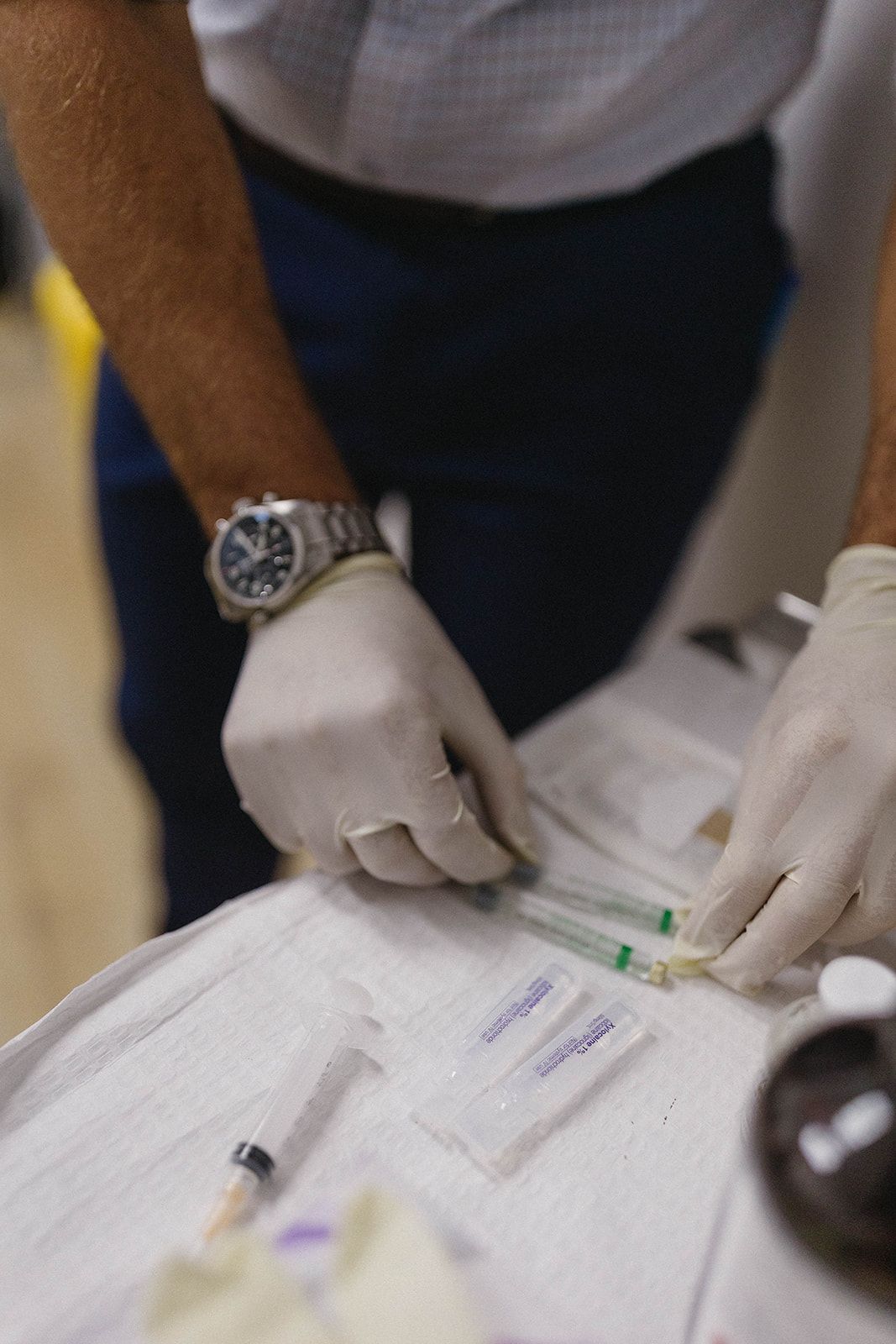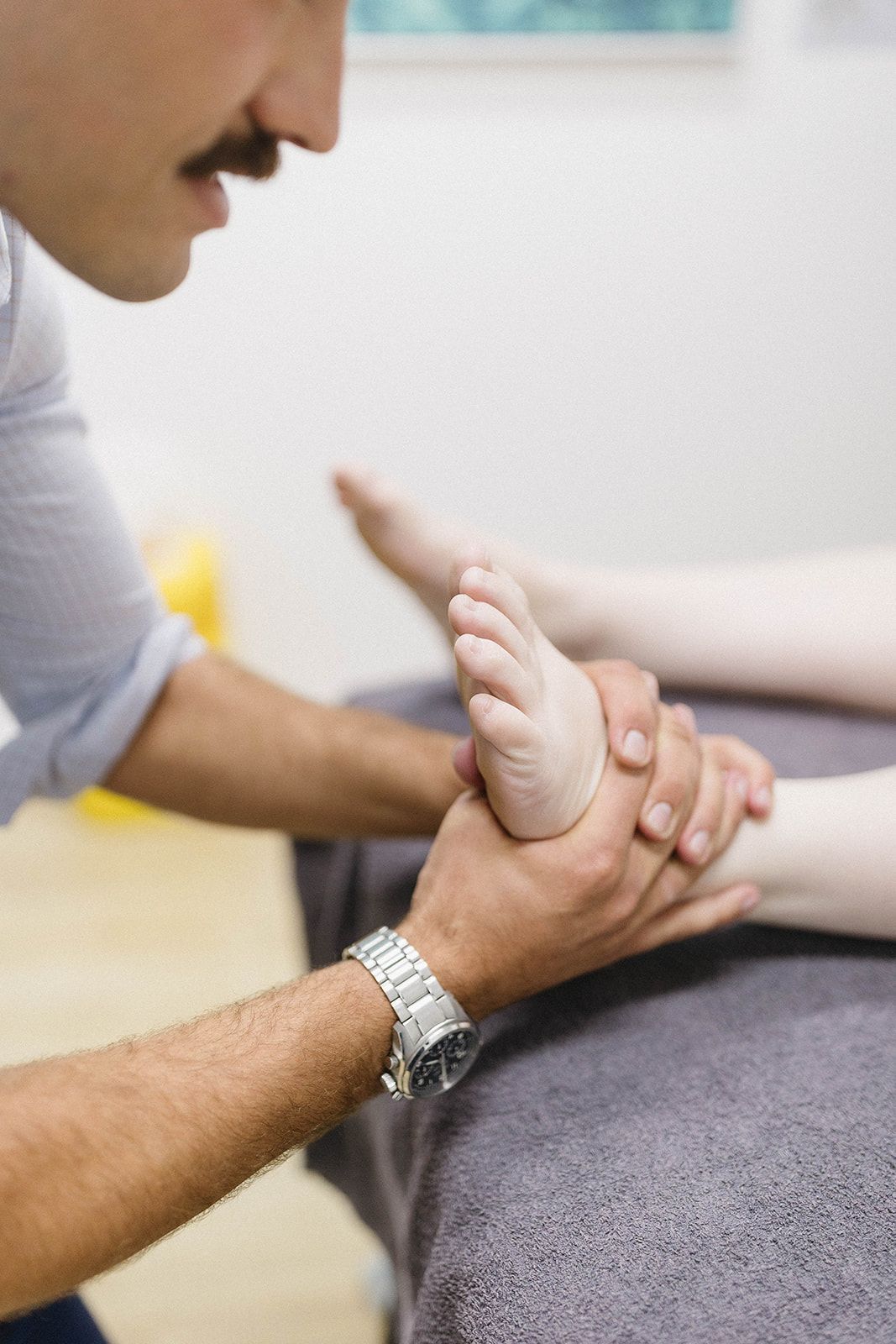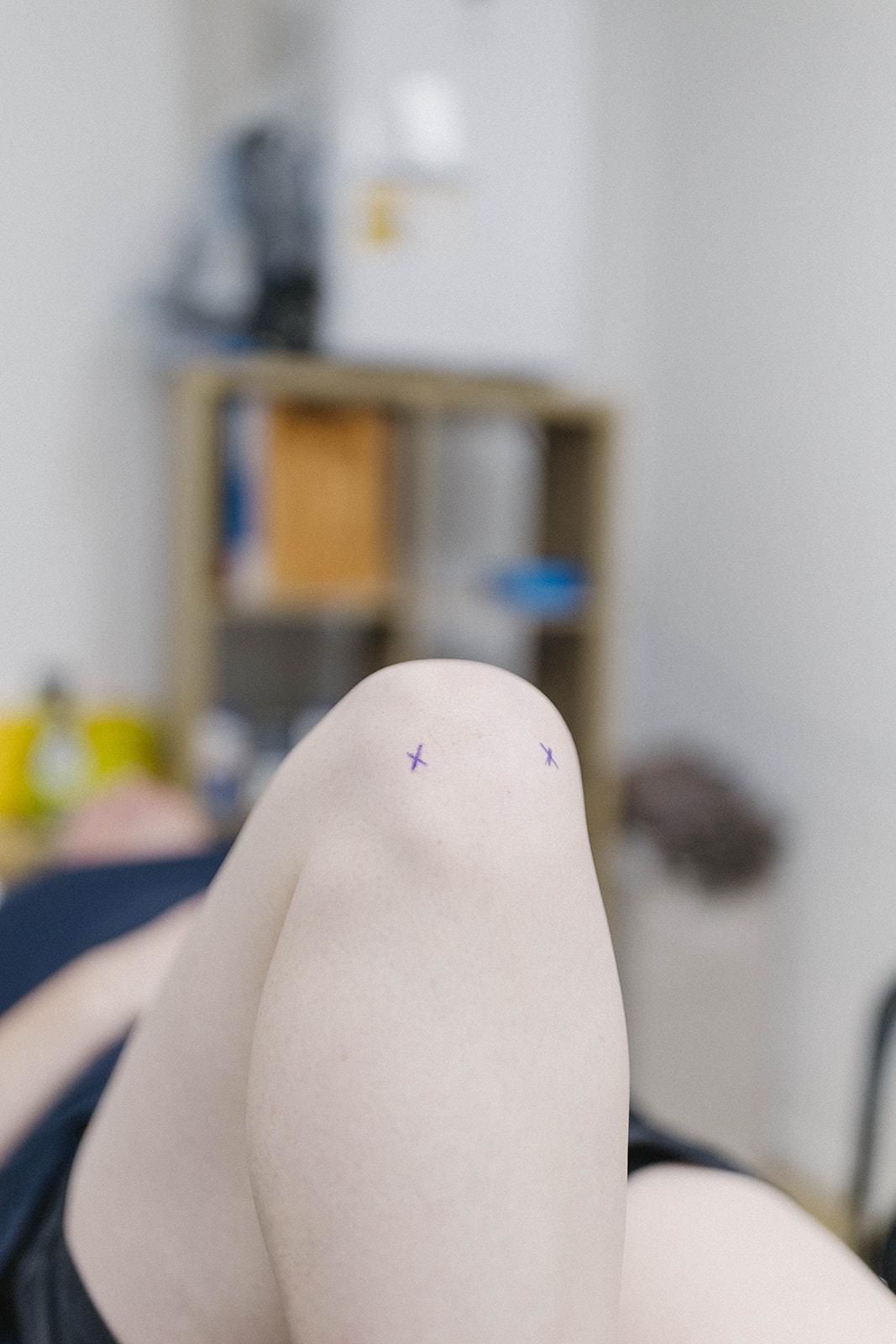Our Services
Podiatry Care
Services to Support Movement
At Biomedical Sports Podiatry in Forster, we focus on how your body moves—not just where it hurts. We work with athletes and anyone managing foot pain, mobility concerns, or injury recovery. Whether you need custom orthotics, help with an injury, or support with ongoing discomfort, we offer a range of treatment options designed around your movement.
Services include dry needling, prolotherapy, neural therapy, biomechanical assessments, and foot mobilisation—all aimed at supporting function and long-term outcomes. We welcome patients from Diamond Beach, Pacific Palms, Nabiac, Old Bar, Taree, and Gloucester. Call 0466 691 935 to book your appointment or find out more about how we can help.
Whole-Body Insight
Biomechanical Assessments
A biomechanical assessment helps identify how your body moves and where it might be contributing to pain or dysfunction. We look at joint range, muscle strength, limb alignment, and how your feet, legs, and hips interact under load. These assessments are especially helpful for diagnosing the root cause of ongoing discomfort or injury.
Using tools like gait analysis and pressure mapping, we build a detailed picture of your movement patterns. From there, we can tailor treatment strategies, including orthotics or manual therapy, to support alignment and reduce strain. This approach ensures your care is guided by what your body actually needs.
Targeted Relief
Dry Needling
Dry needling is used to reduce muscle tightness, improve movement, and help manage pain. It involves inserting fine needles into myofascial trigger points—sensitive areas in your muscles that may be contributing to tension or dysfunction. The aim is to release tightness, increase circulation, and help restore normal tissue function.
We may include dry needling when symptoms persist despite movement-based care or when recovery is limited by soft tissue loading. It’s one of several therapies we combine to support recovery. Your treatment plan will always consider your activity level, movement goals, and overall musculoskeletal health—not just the immediate symptoms.
Nervous System Reset
Neural Therapy
Neural therapy uses small injections of local anaesthetic to help interrupt pain pathways and reduce chronic or acute discomfort. The treatment is based on the idea that the nervous system can become hypersensitive, contributing to persistent pain even after the original injury has healed.
By targeting specific areas, neural therapy aims to calm overactive nerves and support your body’s natural regulation processes. It’s not a one-size-fits-all treatment—we only recommend it when clinically appropriate and as part of a broader care strategy. Neural therapy may be beneficial when conventional therapies haven’t fully addressed pain related to nerve sensitivity or overload.
Targeted Joint Movement
Foot Mobilisation Therapy
Foot mobilisation therapy is a hands-on technique that gently guides the joints of the foot and ankle through their natural range of motion. It helps improve joint alignment, reduce stiffness, and support more efficient movement patterns. This therapy is particularly helpful when joint restriction is contributing to discomfort, poor loading, or altered gait.
We use mobilisation as part of broader treatment plans for both acute and chronic issues. When combined with targeted strength work or orthotics, it can help restore smoother movement and reduce compensatory strain. Your plan will always reflect your daily activity needs and functional goals.
Joint & Ligament Support
Prolotherapy
Neural therapy involves small injections of local anaesthetic aimed at calming areas of nerve sensitivity. It’s based on the principle that the nervous system can become sensitised—continuing to signal pain even after an injury has healed. This therapy is sometimes used to help manage persistent discomfort by addressing that ongoing sensitivity.
The treatment targets specific areas to help reduce nerve-related pain responses and improve comfort. Neural therapy is only offered when clinically appropriate and is always part of a broader care strategy. It may be considered when symptoms haven't fully responded to conventional therapies, especially those related to nerve irritation or overload.

